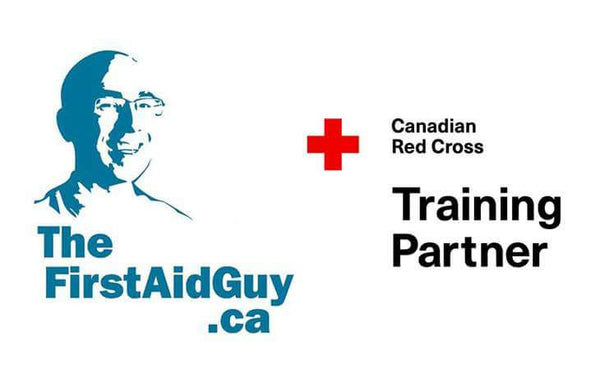First aid for heat-related illnesses: Tips and tricks
Share
As temperatures rise during hot summer months or in certain work environments, the risk of heat-related illnesses increases. Heat exhaustion, heat cramps, and heat stroke are serious conditions that can result from prolonged exposure to high temperatures and humidity, and they require immediate attention. In this blog post, we will explore first aid tips and tricks for managing heat-related illnesses and providing effective care in such situations.
-
Recognizing the Signs of Heat-Related Illnesses: The first step in providing first aid for heat-related illnesses is to recognize the signs and symptoms. Heat exhaustion may present with symptoms such as heavy sweating, weakness, nausea, dizziness, headache, and clammy skin. Heat cramps may cause painful muscle cramps and spasms. Heat stroke, which is a life-threatening condition, may present with symptoms such as high body temperature, hot and dry skin, rapid heartbeat, confusion, and loss of consciousness. Understanding and recognizing these signs can help you respond quickly and appropriately.
-
Moving to a Cooler Place: If someone is experiencing symptoms of heat-related illnesses, it's crucial to move them to a cooler place immediately. This could be an air-conditioned room, a shaded area, or a cooler environment away from direct sunlight. Getting the person out of the heat and into a cooler place is essential in preventing the condition from worsening.
-
Hydrating and Resting: Encouraging the person to drink cool water or sports drinks with electrolytes can help rehydrate the body and replace lost fluids. Resting and avoiding strenuous activities are also important to allow the body to cool down and recover from the heat-related illness.
-
Cooling Techniques: Cooling the person's body can be a critical step in providing first aid for heat-related illnesses. This can be done by applying cool, wet cloths to the person's forehead, neck, and armpits, or by using a fan or misting spray to help lower their body temperature. Avoid using ice or very cold water, as it can constrict blood vessels and hinder the cooling process.
-
Monitoring and Seeking Medical Help: Continuously monitoring the person's condition is essential. If the symptoms persist or worsen, it's important to seek professional medical help immediately. Heat stroke, in particular, requires prompt medical attention and can be life-threatening if left untreated.
-
Prevention: Prevention is the best approach to heat-related illnesses. Staying hydrated, wearing light and loose clothing, taking breaks in shaded or cool areas, and avoiding prolonged exposure to high temperatures are effective measures to prevent heat-related illnesses from occurring in the first place.
In conclusion, heat-related illnesses can be serious and require prompt first aid care. Recognizing the signs, moving to a cooler place, hydrating, resting, applying cooling techniques, monitoring the person's condition, and seeking medical help when necessary are essential steps in providing effective first aid for heat-related illnesses. Remember, prevention is key, so taking proactive measures to avoid heat-related illnesses is always the best approach. Stay vigilant, stay hydrated, and stay cool in hot weather conditions.
You can learn more by taking a First Aid course with us. Register on our website www.TheFirstAidGuy.ca
